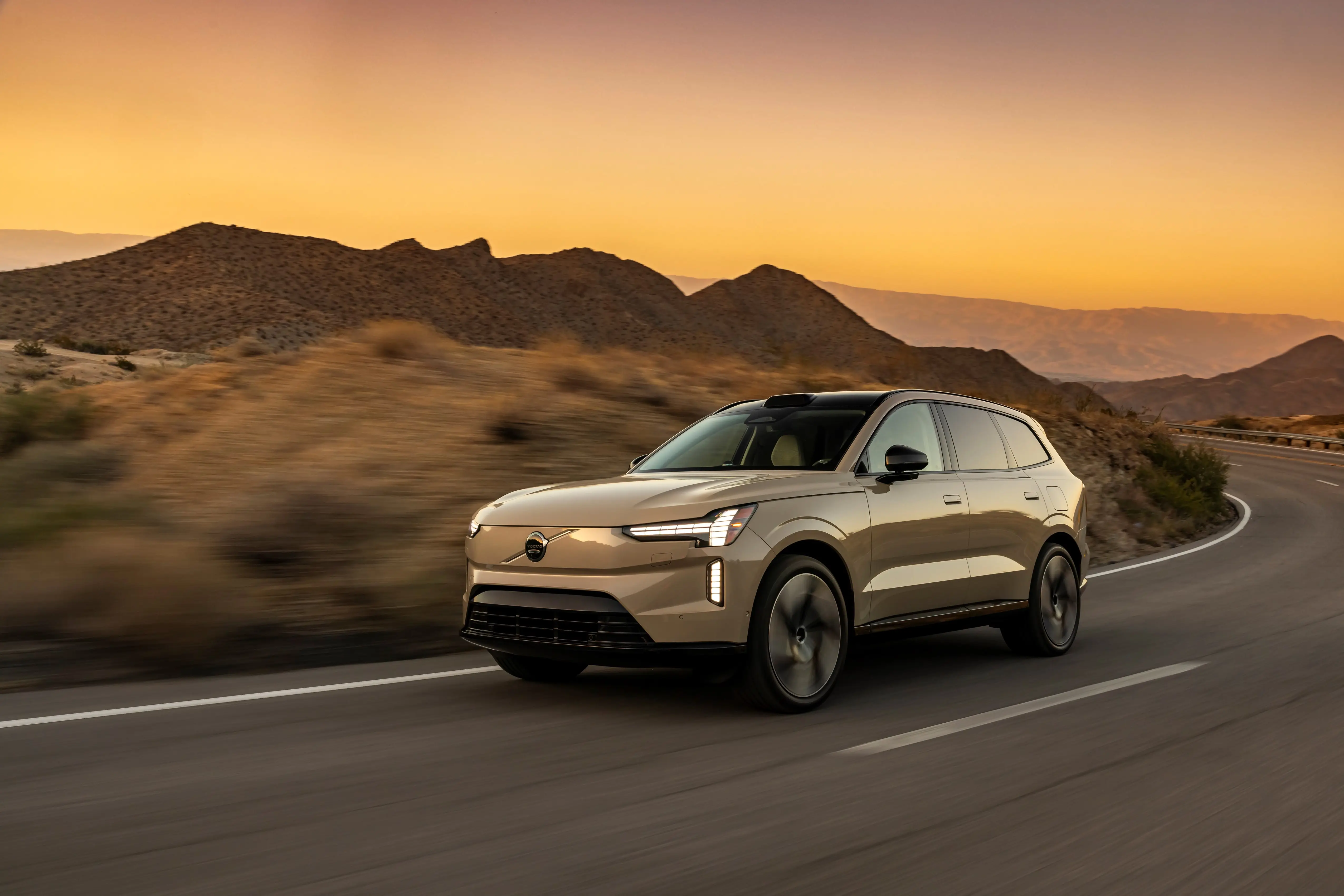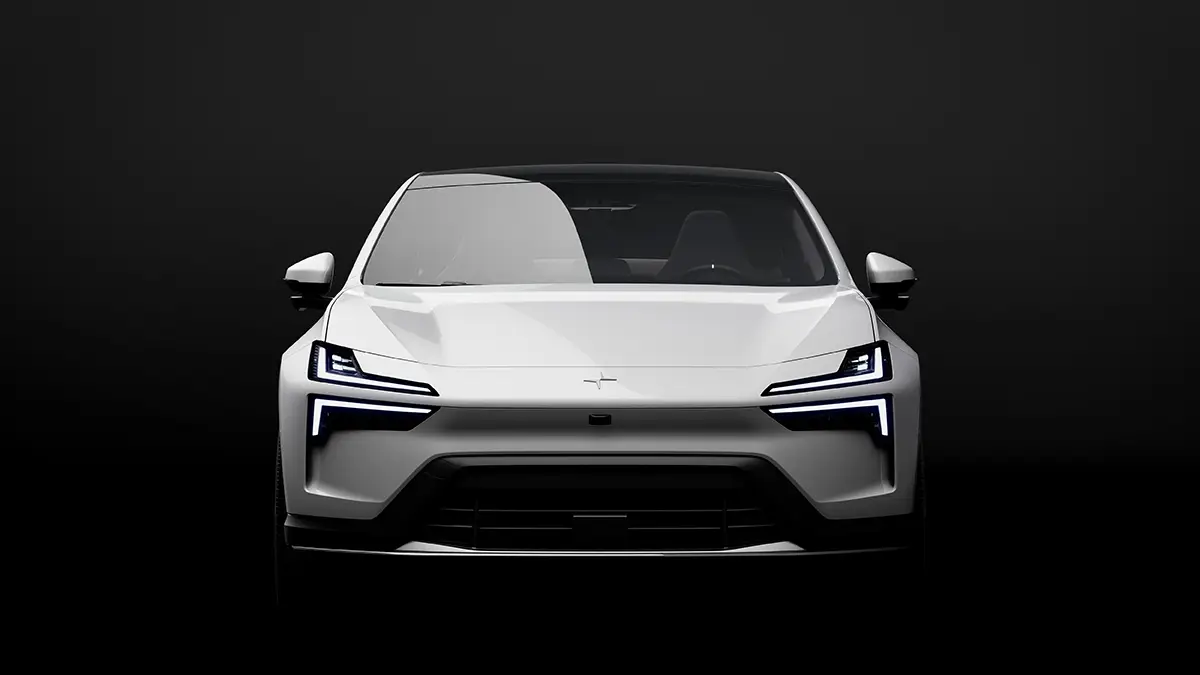Special Delivery: Volvo EX90 Begins Shipping


Last week, I had the privilege of receiving one of the first EX90 SUVs from Volvo Cars’ CEO, Jim Rowan, as hundreds of journalists from around the world descended on Newport Beach, California to drive Volvo Cars’ new flagship vehicle themselves.
It was an incredibly proud moment for me and all of us at Luminar to see it come together, culminating years of R&D, industrialization, and collaboration with Volvo to deploy long-range LiDAR in global production vehicles. In 2020, Volvo bucked the trend when they announced this strategy, opting to focus on enhancing drivers through improved safety and advancing assisted/autonomous features, rather than looking to replace drivers with robo-taxis like most other automakers.
The intervening years have proven this was the right approach. With Volvo, Luminar has developed a ~$2 billion technology platform that’s expandable to vehicles across the industry. That’s exactly what’s happening next – the EX90 is the first of two dozen commercial programs to follow, and a vision for the future of automotive.
Every year, we continue to lose as many as 1.5 million lives around the world from vehicle collisions, which also causes trillions of dollars in damage. Implementing long-range LiDAR is arguably the most significant step we can take towards solving this catastrophic problem to enable safer cars and safer roads. Third party research reports from Swiss Re indicate that safety systems with Luminar LiDAR have the ability to reduce serious injuries in accidents by nearly 40%. U.S. regulators also agree with Volvo’s vision for a safer automotive future and have issued a new mandate that all new vehicles sold in the US must meet dramatically tougher active safety standards and at higher speeds. This is the first major step on our path to ultimately enable something we like to call the “uncrashable car”.
Following the launch, Volvo Cars has begun delivering EX90s to retailers as a first step, in order to reach consumers’ hands. Production is ramping and we’ll begin seeing the virtuous cycle of filling our production capacity and achieving economies of scale next year, while simultaneously more LiDAR-enabled features become available subsequent to data collection and validation. Critically, this is also the first time that most consumers at global scale will gain exposure to automotive LiDAR, outside the roof-rack spinning systems of a few hundred robo-taxi test vehicles people see when visiting certain cities in the U.S. Through next year, we’ll already have tens of thousands of vehicles on the road. This is the start of our growth curve.
LiDAR on passenger cars is not just a passing trend in automotive technology, but rather a paradigm shift in how we think about keeping drivers, passengers, and pedestrians safe, while also being a fundamental requirement for eventual true autonomy. Just as Apple introduced the iPhone in 2008 to a widespread consumer audience, I truly believe this is the autonomy industry’s “iPhone moment”, when people can start to see the technology on the road as opposed to a promised future, and it takes a visionary brand leader like Volvo to make it a reality.
As people start to see this technology on their local streets, they’ll start to want the same safety enhancements for their own families and the best technology. True to their history, Volvo has yet again set the stage for the new era of safety in automotive, while future proofing the vision for autonomy. We’re looking forward to our next chapter together as the industry follows in their footsteps.
-Austin Russell
Founder and CEO, Luminar


